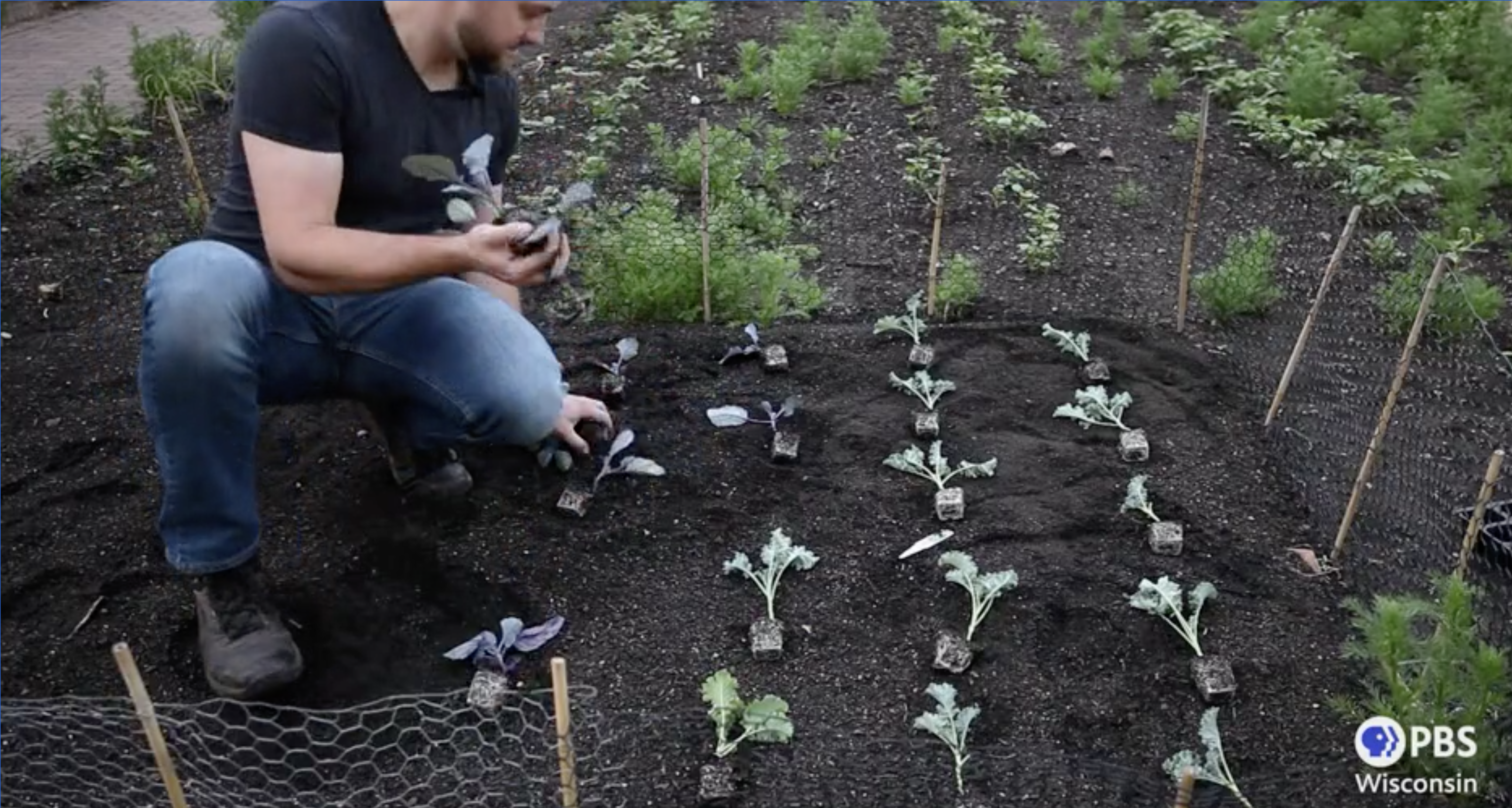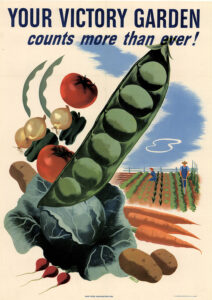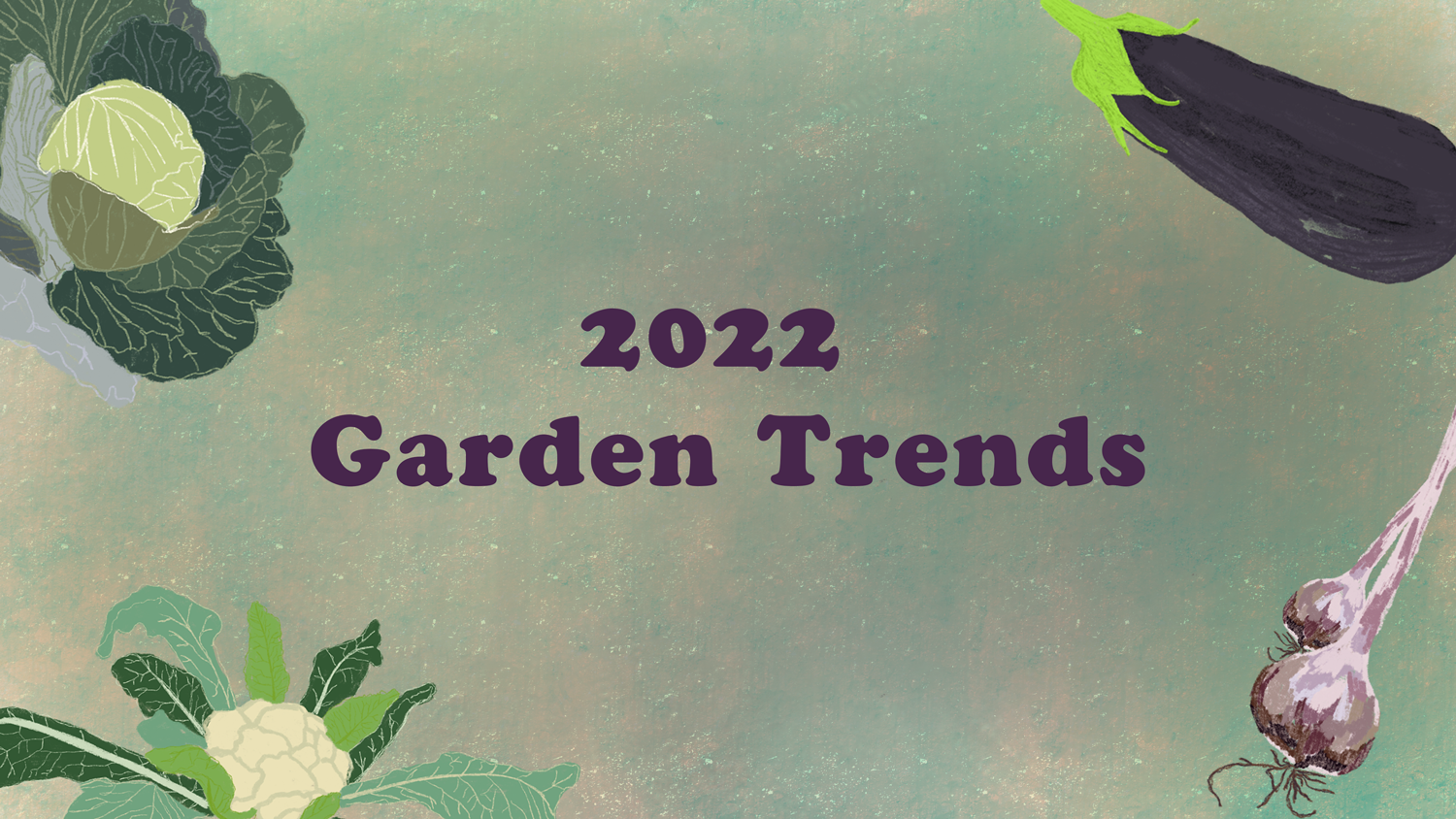Let’s Grow Stuff: 2022 garden trends – synergy, connection and resilience
March 16, 2022 Leave a Comment
Show of hands – who planted a “Covid Victory Garden” in 2020? If you raised your hand, you’re one among 21 million other new gardeners in the U.S. who dug in for the first time two years ago.
As a pandemic gardener, you’re now gearing up for your third season of growing in 2022. I’m curious: have you reflected on why you started gardening vs. why you plan to continue? Have your motivations changed? Have you discovered more reasons to garden, or have you narrowed your focus?

Learn how to get rid of grass, plant in your garden, and more from our online episodes.
The notion of a Victory Garden isn’t a new concept and it originated during World War I when our nation was strapped for supplies. The government encouraged people to plant crops at home to reduce the pressure on the national food supply. Victory Gardens were perceived as a patriotic and civic duty, a way to both support the troops on the front lines while ensuring our homeland had a steady supply of food.

Morley, 1945, War Food Administration, published by the United States Government Printing/PUBLIC DOMAIN
Victory gardens waned into the 1920s during peace time and experienced a resurgence in the 1930s with the Great Depression. As people lost jobs and money, they turned to gardening to supplement their personal food supply. These gardeners grew into World War II when it is estimated some 40% of the nation’s food supply came from Victory gardens.
Gardening experienced a similar resurgence in March 2020 as concerns about supply chain disruption and access to food erupted overnight. Little did we know how our world would look today, two years later. Supply chains and logistics continue to fluctuate, inflation is on the rise, and there is significant and terrible violence in the world as Russia invades Ukraine. We live in a global economy, and we’re already feeling the impact of this conflict, both economically and emotionally.

I’ve often thought that gardens have superpowers. Gardens are selfless, giving and nurturing. They ground us in times of stress and give us a sense of purpose in times of confusion. They help us mark the passage of time when the 24-hour news cycle becomes too much to bear. Gardens are a space to find peace, to bond with loved ones, and to empower us to be more resilient in the face of uncertainty. They are repositories of perpetual hope if we allow ourselves to see it and be it.
 Passport
Passport






Follow Us